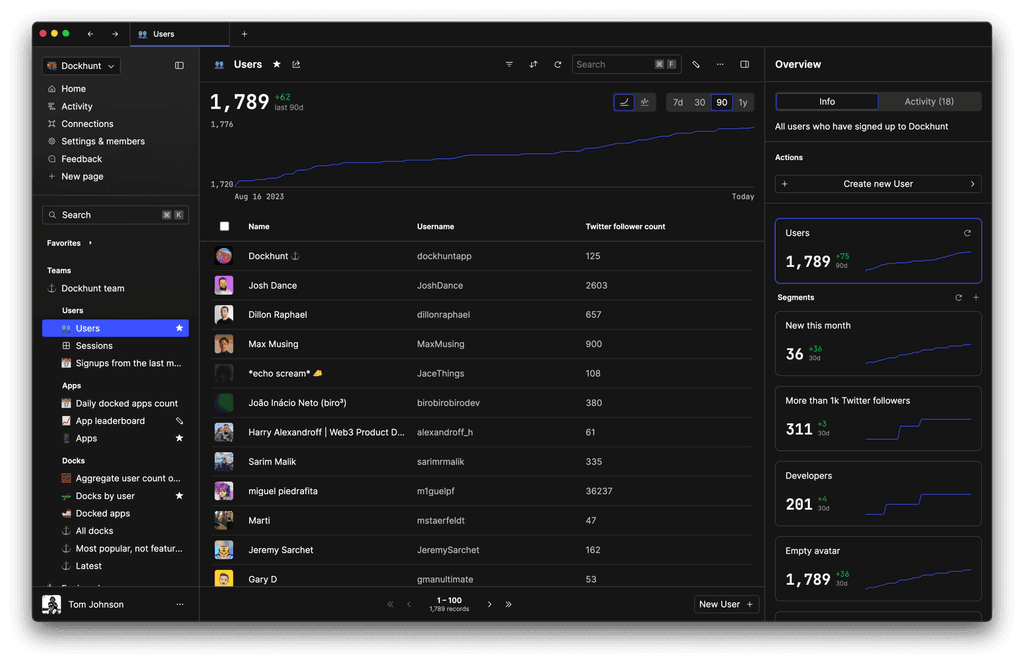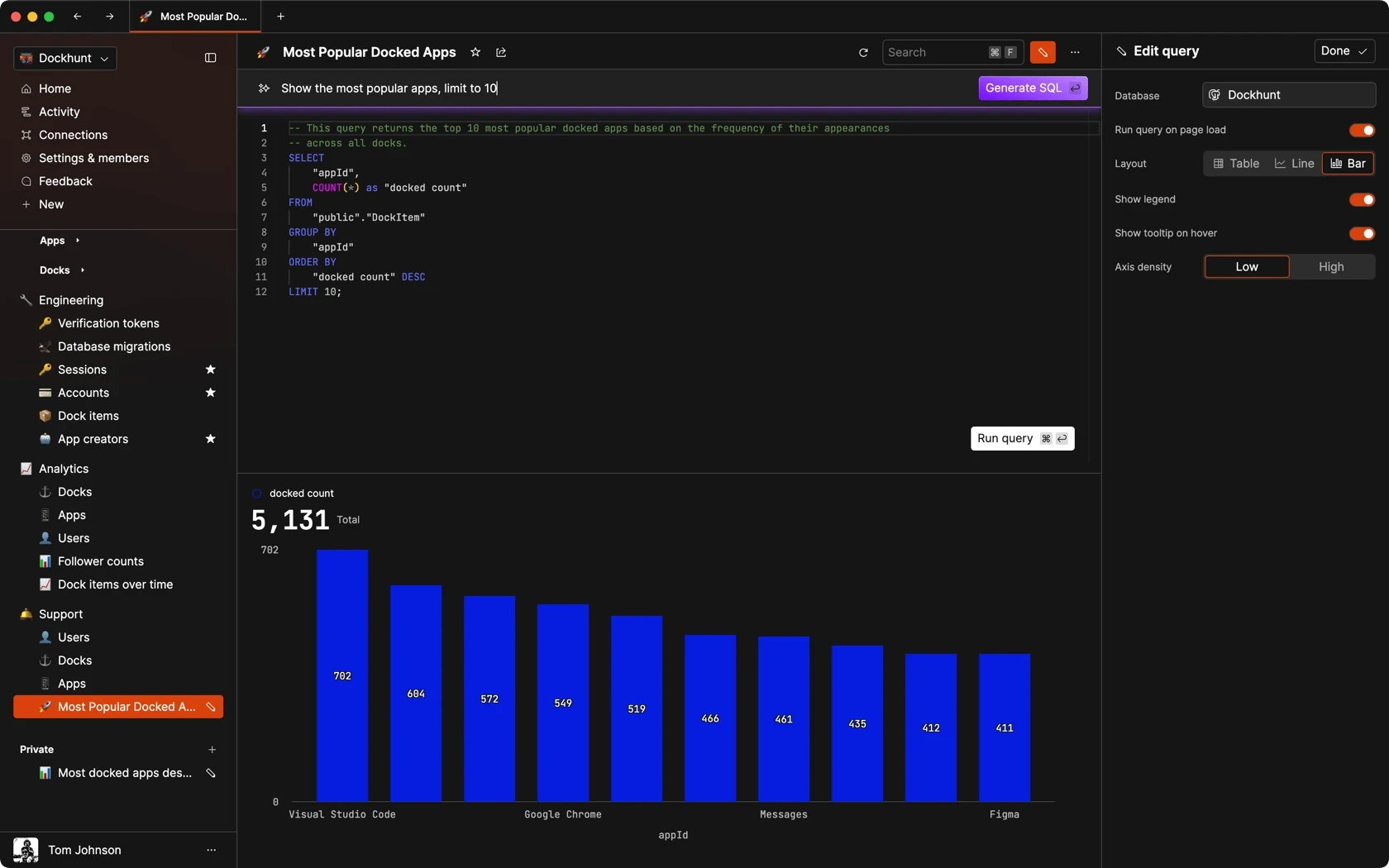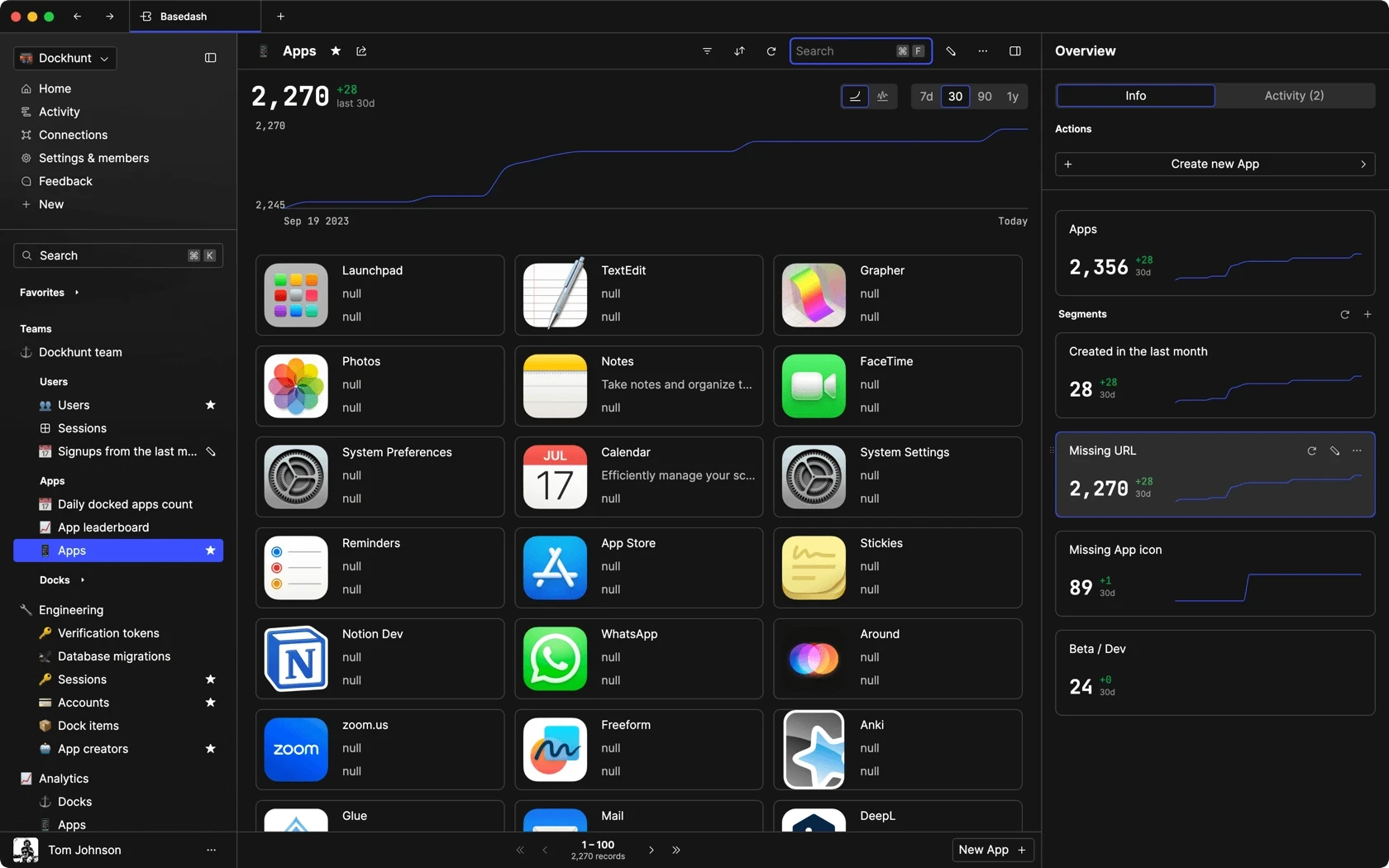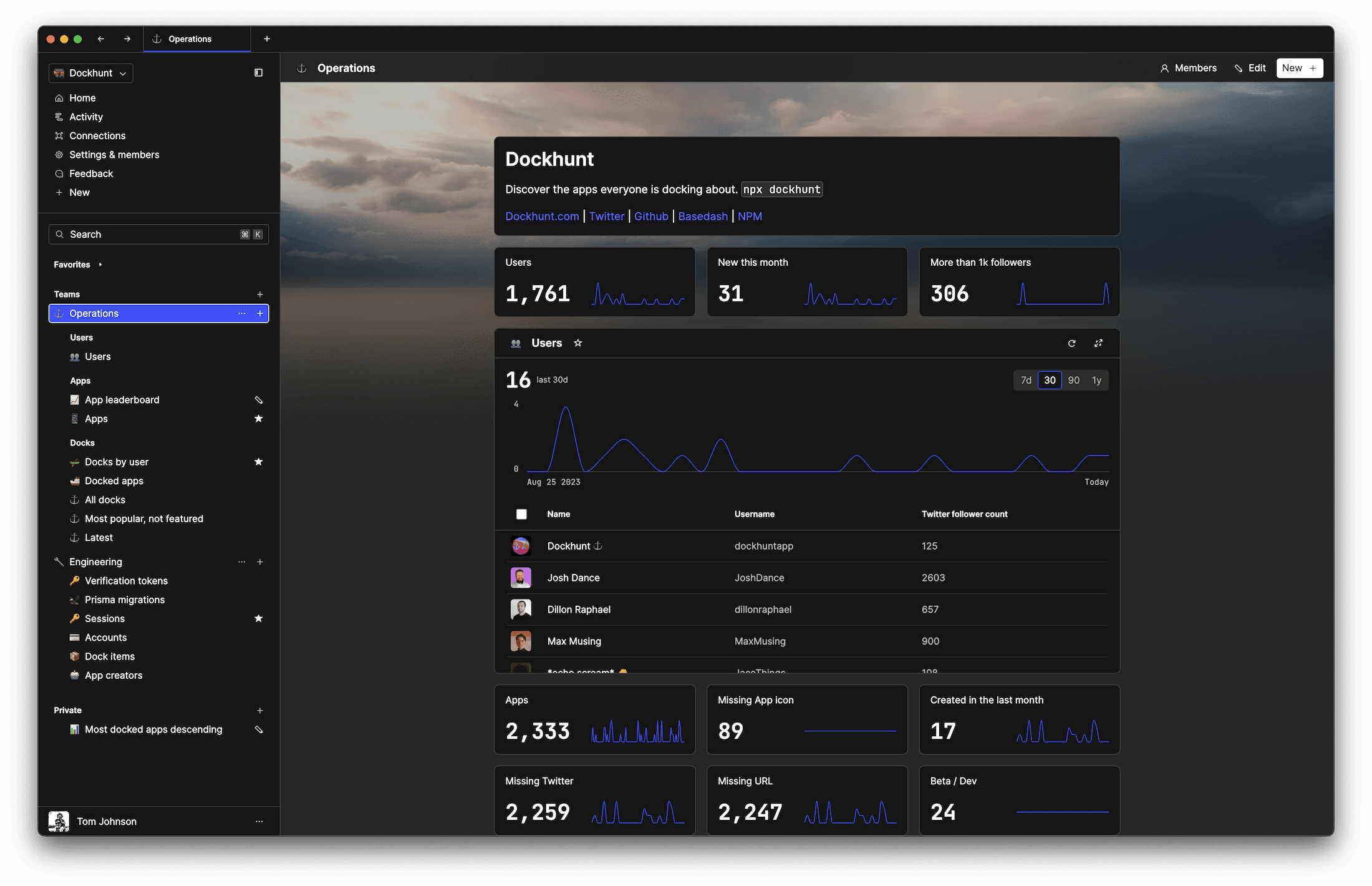
MySQL Foreach: Implementing Looping Logic in SQL
November 10, 2023
MySQL, unlike some programming languages, does not have a direct foreach construct. However, you can implement looping logic using stored procedures and cursors to iterate over rows in a table. This guide explains how to replicate foreach functionality in MySQL, a technique valuable for batch operations or complex data manipulation tasks.
Understanding Cursors for Looping
Cursors in MySQL allow you to iterate through a set of rows returned by a query. They are ideal for situations where you need to process each row individually.
Declaring a Cursor
First, you need to declare a cursor within a stored procedure. This is done after the BEGIN statement.
DECLARE cursor_name CURSOR FOR SELECT column_name FROM table_name;
Opening and Closing the Cursor
Before using a cursor, you need to open it. Once the operations are complete, the cursor should be closed.
OPEN cursor_name; -- Perform operations CLOSE cursor_name;
Processing Rows with Loops
To process each row fetched by the cursor, use a loop within the stored procedure.
Using a CONTINUE HANDLER
A CONTINUE HANDLER is necessary to handle the condition when the cursor runs out of rows.
DECLARE done INT DEFAULT FALSE; DECLARE CONTINUE HANDLER FOR NOT FOUND SET done = TRUE;
Looping through the Cursor
Use a REPEAT or WHILE loop to iterate through the rows.
REPEAT -- Fetch row from the cursor -- Perform operation on each row UNTIL done END REPEAT;
You could ship faster.
Imagine the time you'd save if you never had to build another internal tool, write a SQL report, or manage another admin panel again. Basedash is built by internal tool builders, for internal tool builders. Our mission is to change the way developers work, so you can focus on building your product.

Example: Updating Rows in a Loop
Here's an example of using a cursor in a stored procedure to update rows in a table.
CREATE PROCEDURE UpdateRows() BEGIN DECLARE done INT DEFAULT FALSE; DECLARE aVariable INT; DECLARE cursor_name CURSOR FOR SELECT id FROM table_name; DECLARE CONTINUE HANDLER FOR NOT FOUND SET done = TRUE; OPEN cursor_name; read_loop: LOOP FETCH cursor_name INTO aVariable; IF done THEN LEAVE read_loop; END IF; -- Update statement or other operations UPDATE table_name SET column_name = new_value WHERE id = aVariable; END LOOP; CLOSE cursor_name; END;
Advanced Use Cases
For more complex scenarios, consider using JOINs or temporary tables to reduce the need for cursors, as they can be resource-intensive.
Using JOINs
When applicable, use JOINs to update or select data from multiple related tables in a single query.
Temporary Tables
In cases where data needs complex processing, inserting data into a temporary table and then processing it can be more efficient.
When to Avoid Cursors
Cursors can be slow and resource-intensive for large datasets. Where possible, use set-based operations with standard SQL queries, as they are generally more efficient.
While MySQL does not have a direct foreach construct, cursors and stored procedures offer a way to iterate over rows in a table. This approach is useful for tasks that require row-by-row processing but should be used judiciously due to potential performance implications. For simpler or set-based operations, standard SQL queries are preferable.
TOC
November 10, 2023
MySQL, unlike some programming languages, does not have a direct foreach construct. However, you can implement looping logic using stored procedures and cursors to iterate over rows in a table. This guide explains how to replicate foreach functionality in MySQL, a technique valuable for batch operations or complex data manipulation tasks.
Understanding Cursors for Looping
Cursors in MySQL allow you to iterate through a set of rows returned by a query. They are ideal for situations where you need to process each row individually.
Declaring a Cursor
First, you need to declare a cursor within a stored procedure. This is done after the BEGIN statement.
DECLARE cursor_name CURSOR FOR SELECT column_name FROM table_name;
Opening and Closing the Cursor
Before using a cursor, you need to open it. Once the operations are complete, the cursor should be closed.
OPEN cursor_name; -- Perform operations CLOSE cursor_name;
Processing Rows with Loops
To process each row fetched by the cursor, use a loop within the stored procedure.
Using a CONTINUE HANDLER
A CONTINUE HANDLER is necessary to handle the condition when the cursor runs out of rows.
DECLARE done INT DEFAULT FALSE; DECLARE CONTINUE HANDLER FOR NOT FOUND SET done = TRUE;
Looping through the Cursor
Use a REPEAT or WHILE loop to iterate through the rows.
REPEAT -- Fetch row from the cursor -- Perform operation on each row UNTIL done END REPEAT;
You could ship faster.
Imagine the time you'd save if you never had to build another internal tool, write a SQL report, or manage another admin panel again. Basedash is built by internal tool builders, for internal tool builders. Our mission is to change the way developers work, so you can focus on building your product.

Example: Updating Rows in a Loop
Here's an example of using a cursor in a stored procedure to update rows in a table.
CREATE PROCEDURE UpdateRows() BEGIN DECLARE done INT DEFAULT FALSE; DECLARE aVariable INT; DECLARE cursor_name CURSOR FOR SELECT id FROM table_name; DECLARE CONTINUE HANDLER FOR NOT FOUND SET done = TRUE; OPEN cursor_name; read_loop: LOOP FETCH cursor_name INTO aVariable; IF done THEN LEAVE read_loop; END IF; -- Update statement or other operations UPDATE table_name SET column_name = new_value WHERE id = aVariable; END LOOP; CLOSE cursor_name; END;
Advanced Use Cases
For more complex scenarios, consider using JOINs or temporary tables to reduce the need for cursors, as they can be resource-intensive.
Using JOINs
When applicable, use JOINs to update or select data from multiple related tables in a single query.
Temporary Tables
In cases where data needs complex processing, inserting data into a temporary table and then processing it can be more efficient.
When to Avoid Cursors
Cursors can be slow and resource-intensive for large datasets. Where possible, use set-based operations with standard SQL queries, as they are generally more efficient.
While MySQL does not have a direct foreach construct, cursors and stored procedures offer a way to iterate over rows in a table. This approach is useful for tasks that require row-by-row processing but should be used judiciously due to potential performance implications. For simpler or set-based operations, standard SQL queries are preferable.
November 10, 2023
MySQL, unlike some programming languages, does not have a direct foreach construct. However, you can implement looping logic using stored procedures and cursors to iterate over rows in a table. This guide explains how to replicate foreach functionality in MySQL, a technique valuable for batch operations or complex data manipulation tasks.
Understanding Cursors for Looping
Cursors in MySQL allow you to iterate through a set of rows returned by a query. They are ideal for situations where you need to process each row individually.
Declaring a Cursor
First, you need to declare a cursor within a stored procedure. This is done after the BEGIN statement.
DECLARE cursor_name CURSOR FOR SELECT column_name FROM table_name;
Opening and Closing the Cursor
Before using a cursor, you need to open it. Once the operations are complete, the cursor should be closed.
OPEN cursor_name; -- Perform operations CLOSE cursor_name;
Processing Rows with Loops
To process each row fetched by the cursor, use a loop within the stored procedure.
Using a CONTINUE HANDLER
A CONTINUE HANDLER is necessary to handle the condition when the cursor runs out of rows.
DECLARE done INT DEFAULT FALSE; DECLARE CONTINUE HANDLER FOR NOT FOUND SET done = TRUE;
Looping through the Cursor
Use a REPEAT or WHILE loop to iterate through the rows.
REPEAT -- Fetch row from the cursor -- Perform operation on each row UNTIL done END REPEAT;
You could ship faster.
Imagine the time you'd save if you never had to build another internal tool, write a SQL report, or manage another admin panel again. Basedash is built by internal tool builders, for internal tool builders. Our mission is to change the way developers work, so you can focus on building your product.

Example: Updating Rows in a Loop
Here's an example of using a cursor in a stored procedure to update rows in a table.
CREATE PROCEDURE UpdateRows() BEGIN DECLARE done INT DEFAULT FALSE; DECLARE aVariable INT; DECLARE cursor_name CURSOR FOR SELECT id FROM table_name; DECLARE CONTINUE HANDLER FOR NOT FOUND SET done = TRUE; OPEN cursor_name; read_loop: LOOP FETCH cursor_name INTO aVariable; IF done THEN LEAVE read_loop; END IF; -- Update statement or other operations UPDATE table_name SET column_name = new_value WHERE id = aVariable; END LOOP; CLOSE cursor_name; END;
Advanced Use Cases
For more complex scenarios, consider using JOINs or temporary tables to reduce the need for cursors, as they can be resource-intensive.
Using JOINs
When applicable, use JOINs to update or select data from multiple related tables in a single query.
Temporary Tables
In cases where data needs complex processing, inserting data into a temporary table and then processing it can be more efficient.
When to Avoid Cursors
Cursors can be slow and resource-intensive for large datasets. Where possible, use set-based operations with standard SQL queries, as they are generally more efficient.
While MySQL does not have a direct foreach construct, cursors and stored procedures offer a way to iterate over rows in a table. This approach is useful for tasks that require row-by-row processing but should be used judiciously due to potential performance implications. For simpler or set-based operations, standard SQL queries are preferable.
What is Basedash?
What is Basedash?
What is Basedash?
Basedash is the best MySQL admin panel
Basedash is the best MySQL admin panel
Basedash is the best MySQL admin panel
If you're building with MySQL, you need Basedash. It gives you an instantly generated admin panel to understand, query, build dashboards, edit, and share access to your data.
If you're building with MySQL, you need Basedash. It gives you an instantly generated admin panel to understand, query, build dashboards, edit, and share access to your data.
If you're building with MySQL, you need Basedash. It gives you an instantly generated admin panel to understand, query, build dashboards, edit, and share access to your data.




Dashboards and charts
Edit data, create records, oversee how your product is running without the need to build or manage custom software.
USER CRM
ADMIN PANEL
SQL COMPOSER WITH AI

Related posts
Related posts
Related posts



How to Add Columns to MySQL Tables with ALTER TABLE
Robert Cooper



How to Add Columns to Your MySQL Table
Max Musing



Pivot Tables in MySQL
Robert Cooper



How to Rename a Table in MySQL
Max Musing



How to Optimize MySQL Tables for Better Performance
Robert Cooper



How to Display MySQL Table Schema: A Guide
Jeremy Sarchet
